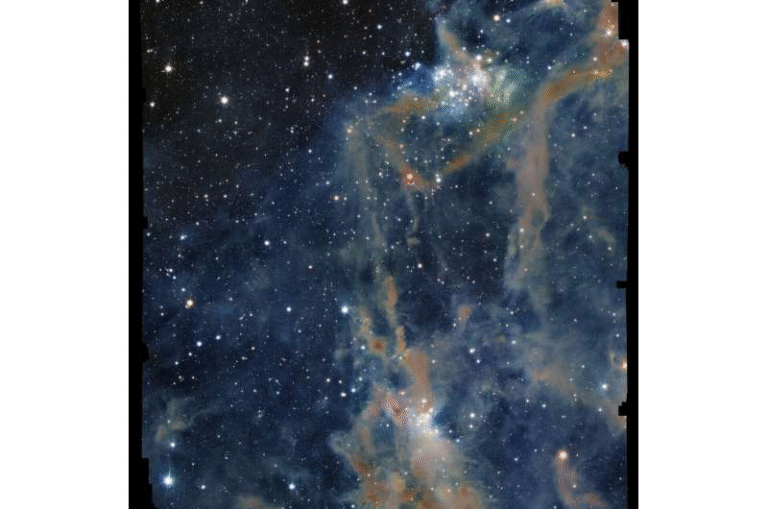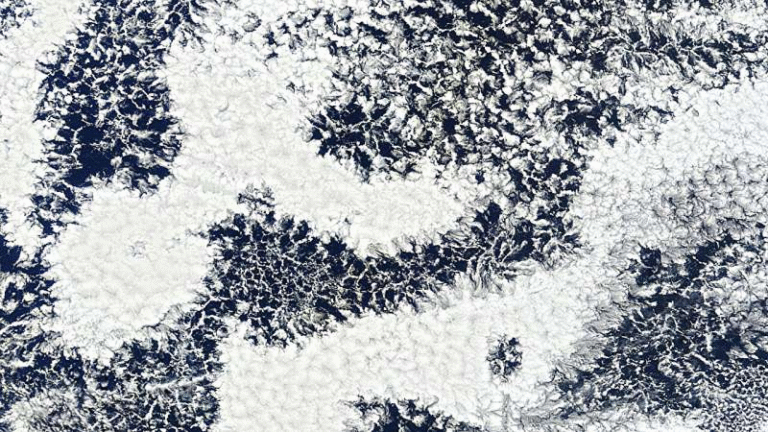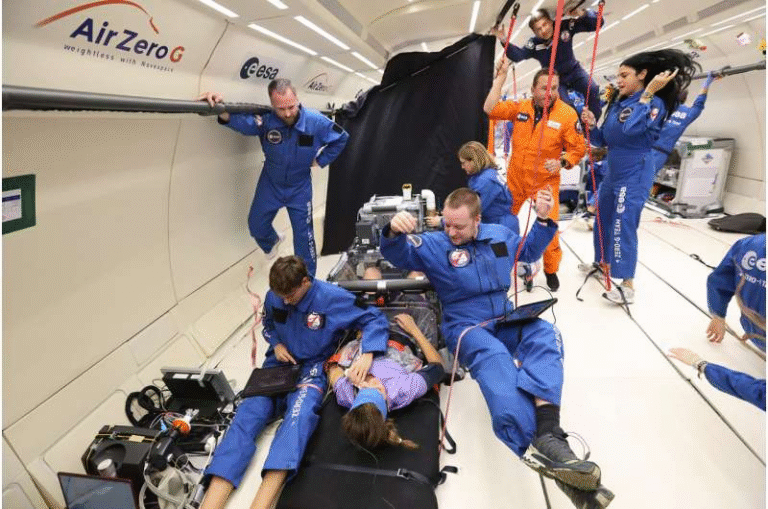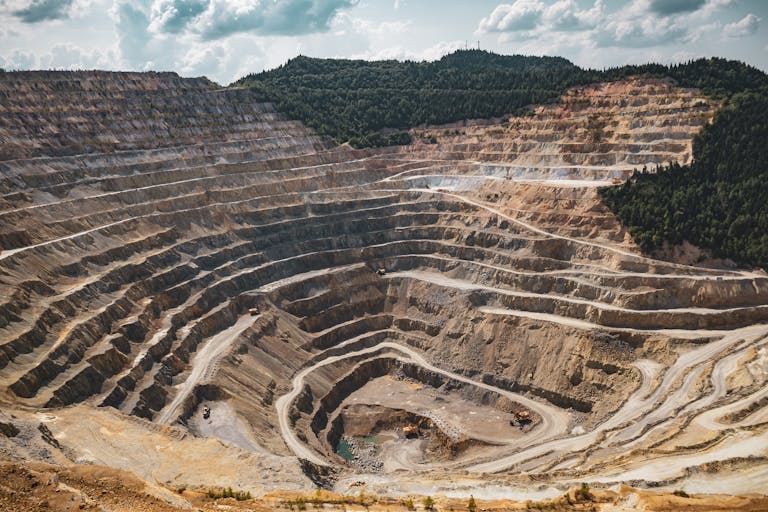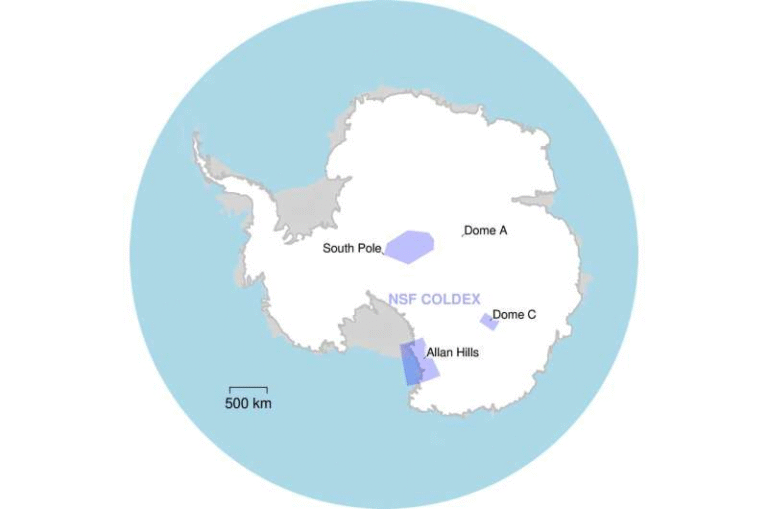A Hidden Asteroid Impact in Australia: Scientists Uncover Evidence of an 11-Million-Year-Old Collision

A new discovery has revealed that Australia hides the scars of a massive asteroid impact that occurred around 11 million years ago — but surprisingly, there’s no crater in sight. Instead, scientists from Curtin University and Aix-Marseille University have identified the event through a remarkable find: tiny glass fragments known as tektites, scattered across parts of South Australia.
This finding introduces a previously unknown asteroid impact on Earth’s geological timeline, marking a new chapter in our planet’s violent history. What makes it even more intriguing is that this impact was hidden in plain sight — its only evidence being microscopic pieces of cosmic glass spread over hundreds of kilometers.
What Are Tektites?
Tektites are small, glassy objects formed when a large meteorite or asteroid strikes Earth, generating temperatures high enough to melt surface rocks. These molten materials are then blasted into the atmosphere, where they cool and solidify into glass as they fall back to the surface — sometimes thousands of kilometers away from the impact site.
Tektites are like tiny geological time capsules, each one preserving the story of a violent collision between Earth and space. They are also quite rare; only five major tektite fields had been recognized before this discovery — in Central Europe, North America, Ivory Coast, Australasia, and Central America.
The new Australian field, recently identified, now becomes the sixth recognized tektite strewn field on Earth.
Discovery of the New Tektite Field
The new tektite field was discovered by a research team led by Anna Musolino, a PhD student at Aix-Marseille University, and Professor Fred Jourdan from Curtin University’s School of Earth and Planetary Sciences. The fragments were found in South Australia, concentrated over a 900-kilometer-long region.
These glass pieces, now named Ananguite, were once lumped together with a subclass of tektites called High Na/K Australites (HNa/K). However, a closer look revealed something unexpected: their chemical composition, age, and origin were completely different from the Australites.
Unlike the Australasian tektites, which formed about 780,000 years ago and are spread over half the globe, these Australian tektites are much older — around 10.76 ± 0.05 million years — and confined entirely within Australia.
The Evidence Hiding in Glass
By studying the chemistry of these glassy fragments, scientists noticed that they had unusual trace elements and a high sodium-to-potassium ratio compared to other known tektites. This unique chemistry pointed to a distinct formation process and, by extension, a different asteroid impact event.
The fragments also contained tiny inclusions like lechatelierite (a type of high-temperature silica glass) and phosphate minerals, further confirming they were formed during an extremely energetic impact. Some pieces even contained minute traces of extraterrestrial material, linking their origin directly to an asteroid strike.
Another fascinating aspect of the discovery was the variation in chemical composition between tektites from the western and eastern parts of the field. This could indicate the direction of the debris ejection or the relative distance from the source crater, offering scientists clues about where the impact might have occurred.
The Mystery of the Missing Crater
Perhaps the most puzzling part of the discovery is this: despite clear evidence of an impact, no crater has been found.
Usually, identifying a crater helps scientists confirm the site and size of an impact event. But in this case, the impact’s exact location remains unknown. The scattered tektites suggest that the impact was immense, yet its crater might be buried, eroded, or even submerged.
The researchers estimate that if the pattern is similar to other tektite fields — where the crater is typically less than 2,000 kilometers from the debris field — the source should be within or near Australia. However, the geochemical signatures tell a slightly different story.
The chemistry of the glass shows signs of material that originated from volcanic arc rocks, rather than the stable continental crust typical of inland Australia. This means the impact could have occurred in a volcanic island arc region — possibly somewhere in Indonesia, Papua New Guinea, or the Bismarck Archipelago — and the ejecta later landed in Australia.
The New “Ananguite” Tektites
The newly classified tektites have been given the name Ananguite, derived from the Anangu people, the traditional custodians of the land where the samples were found.
Ananguites are characterized by their distinctive chemistry, unique texture, and limited geographic spread. Their composition indicates they formed from rocks of volcanic arc origin, such as andesites or dacites, unlike other tektites that usually come from continental crust material like sandstones.
In addition, Ananguites are notably younger than some older tektite fields (such as those in Central Europe or Ivory Coast) but much older than the Australasian field, filling an important chronological gap in Earth’s record of asteroid impacts.
A Sixth Major Tektite Strewn Field
Until now, scientists recognized five major tektite fields around the world:
- Central European (Moldavite) – Around 15 million years old, associated with the Ries crater in Germany.
- North American (Georgiaite, Bediasite) – About 35 million years old, linked to the Chesapeake Bay impact.
- Ivory Coast (Ivory Coast tektites) – Around 1.1 million years old, tied to the Bosumtwi crater in Ghana.
- Australasian (Australites) – About 780,000 years old, the largest and youngest, spanning from Southeast Asia to Australia.
- Central American (Belizites) – Recently recognized, dating back several million years.
The new Australian Ananguite field now joins this list as the sixth known tektite strewn field on Earth — and the only one entirely unique to Australia.
Why This Discovery Matters
Every newly discovered impact event helps scientists refine the timeline of Earth’s bombardment history. Asteroid impacts have shaped the planet’s geology, atmosphere, and even its biological evolution.
Finding tektites without a visible crater reminds researchers that Earth’s surface record is incomplete — erosion, plate tectonics, and vegetation can erase impact structures over millions of years, leaving only chemical and mineral traces behind.
Moreover, by understanding how often large asteroids hit Earth in the past, scientists can improve models for planetary defense — predicting how frequently impacts of different sizes occur and what their global effects might be.
This discovery is also a reminder of how delicate and incomplete our understanding of Earth’s impact history remains. The tektites are physical proof that a colossal explosion took place — one powerful enough to melt rocks, vaporize crust, and fling molten debris across half a continent — yet the ground shows no obvious sign today.
How Scientists Dated the Impact
The research team used ⁴⁰Ar/³⁹Ar radiometric dating, a precise method for determining the age of volcanic and impact-formed materials. This technique measures the ratio between argon isotopes produced by radioactive decay in the glass.
The results showed an age of 10.76 ± 0.05 million years, making the impact roughly 14 times older than the Australasian event. That means the asteroid hit Earth when Australia was already largely in its present position but still experiencing volcanic and tectonic activity.
This period, known as the Miocene epoch, was a time of significant environmental change — mammals were diversifying, grasslands were expanding, and the global climate was gradually cooling.
The Global Search for Hidden Impacts
While tektites are beautiful collector’s items, their scientific value lies in the hidden stories they tell about our planet’s past. Every new tektite discovery potentially corresponds to a previously unknown asteroid strike — some of which may have caused regional or even global effects.
In many cases, the craters associated with older tektite fields were only found decades later. For example, the Ries crater in Germany wasn’t connected to Moldavite tektites until long after the glass was first studied. That offers hope that the source crater of the Ananguite field might one day be located.
Future research will likely combine satellite imagery, magnetic surveys, and geochemical mapping across northern Australia and nearby island arcs to narrow down the location of the missing crater.
Understanding Earth’s Impact Record
Asteroid impacts are among the most powerful natural events in Earth’s history. They’ve shaped continents, altered climates, and, in some cases, caused mass extinctions — including the one that wiped out the dinosaurs 66 million years ago.
Yet, despite their importance, the number of known craters on Earth is relatively small — around 200 confirmed structures worldwide. This is because erosion, plate tectonics, and vegetation gradually erase traces of ancient impacts.
That’s what makes tektites so valuable: they can survive long after the crater has disappeared, preserving a direct chemical fingerprint of the event. Each discovery adds a missing piece to the puzzle of how often and how violently Earth has been struck by space rocks.
The Takeaway
The discovery of the Ananguite tektites in South Australia is more than a geological curiosity — it’s a powerful reminder that our planet’s surface still hides the evidence of cosmic collisions.
Even without a visible crater, these glass fragments reveal a dramatic event 11 million years ago, when a massive asteroid hit Earth, melted rock, and sent molten debris flying across Australia.
This new finding expands the known history of asteroid impacts, introduces a new member to the family of tektite fields, and deepens our understanding of how Earth records — and conceals — its most explosive moments.
Research Reference:
A new tektite strewn field in Australia ejected from a volcanic arc impact crater 11 Myr ago – Earth and Planetary Science Letters (DOI: 10.1016/j.epsl.2025.119600)
